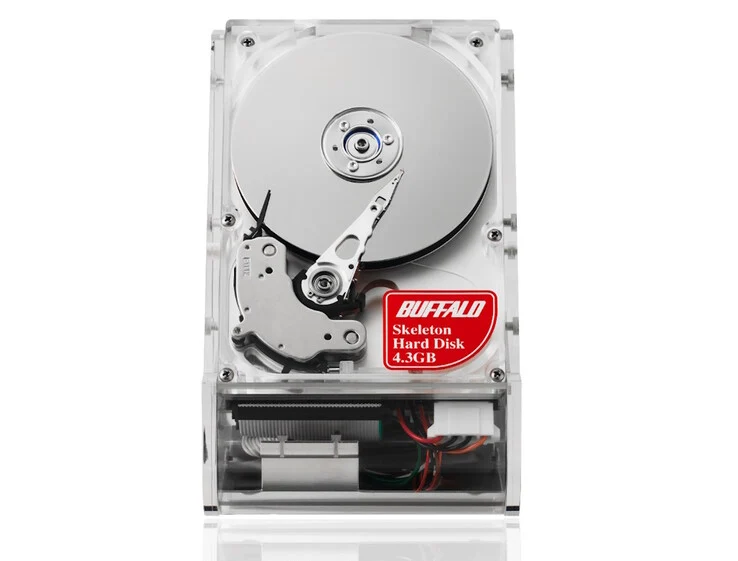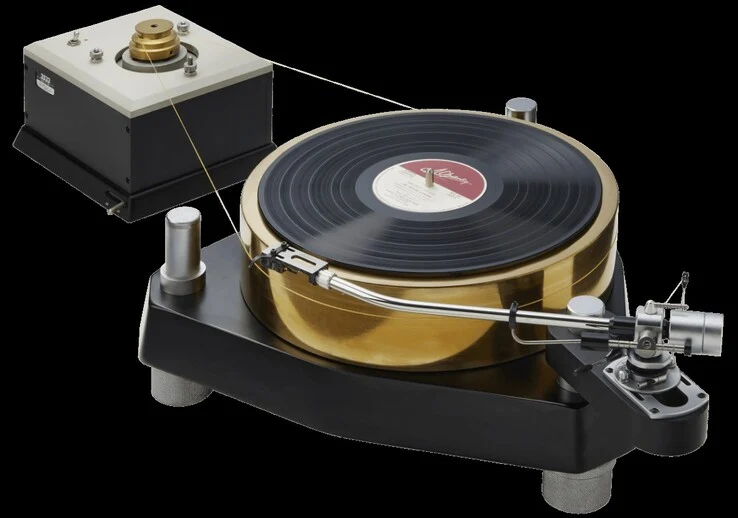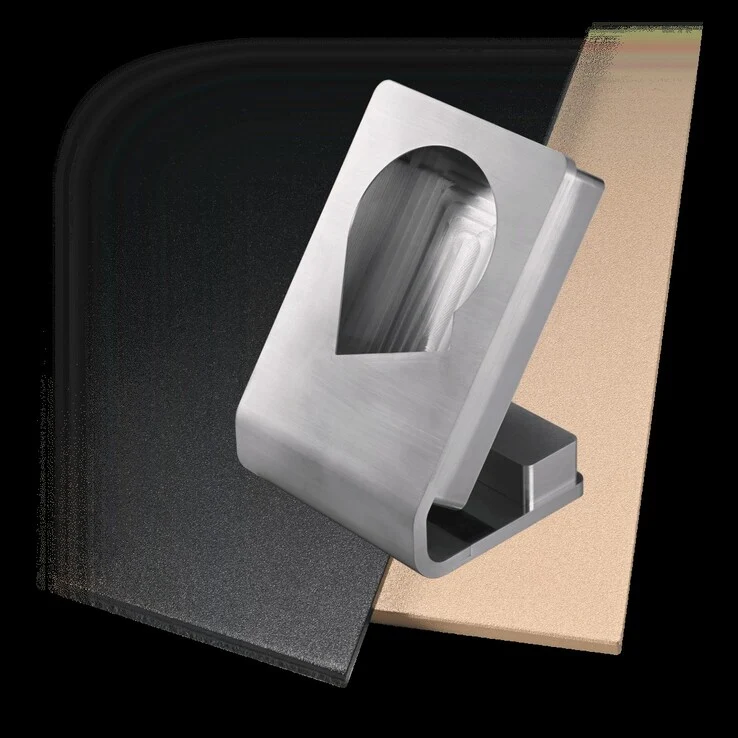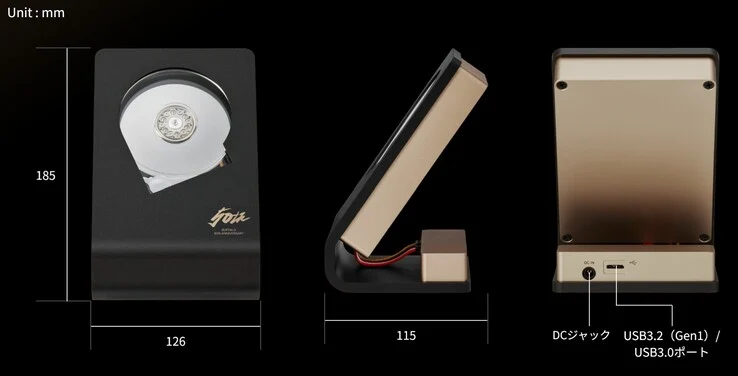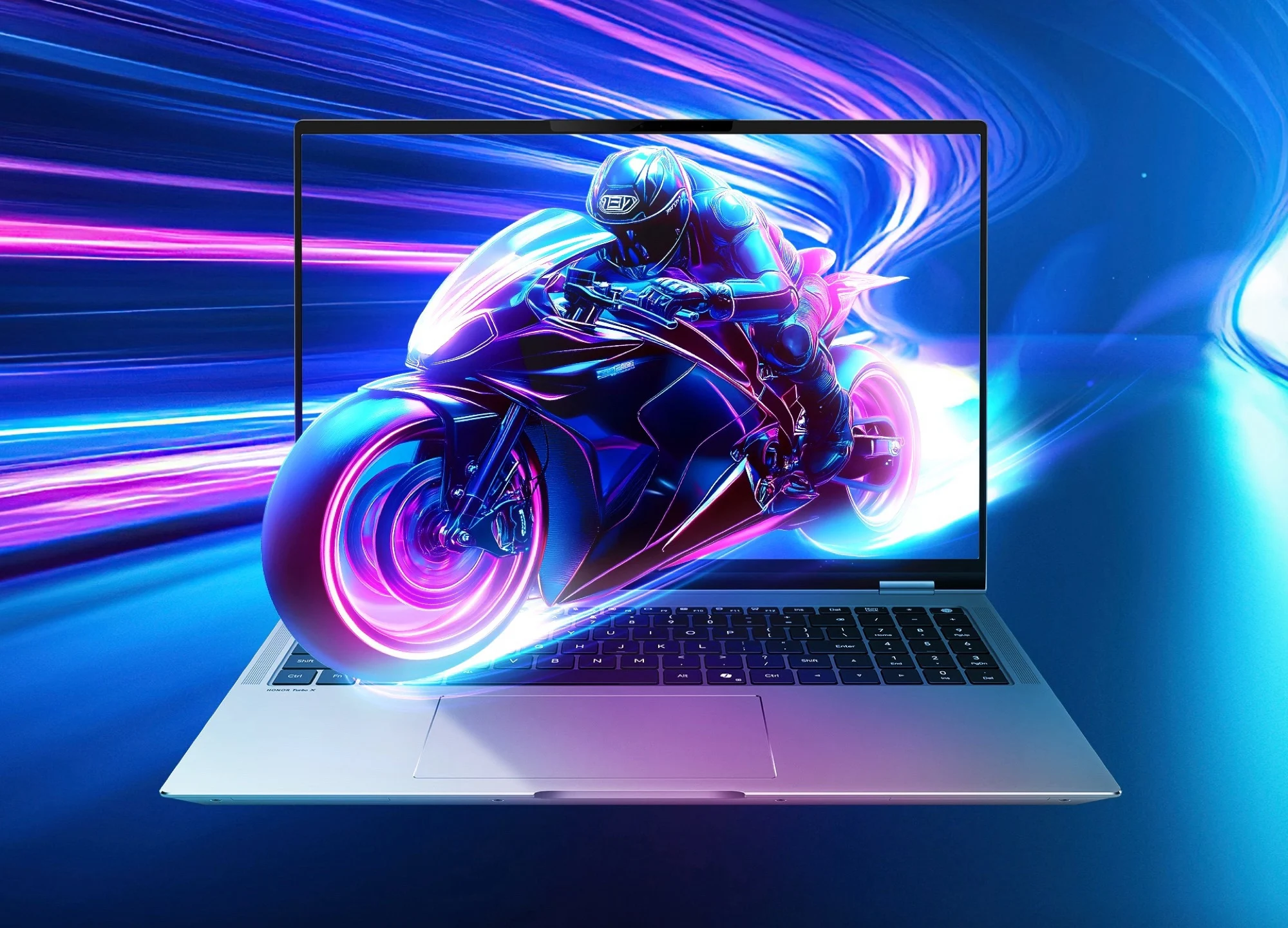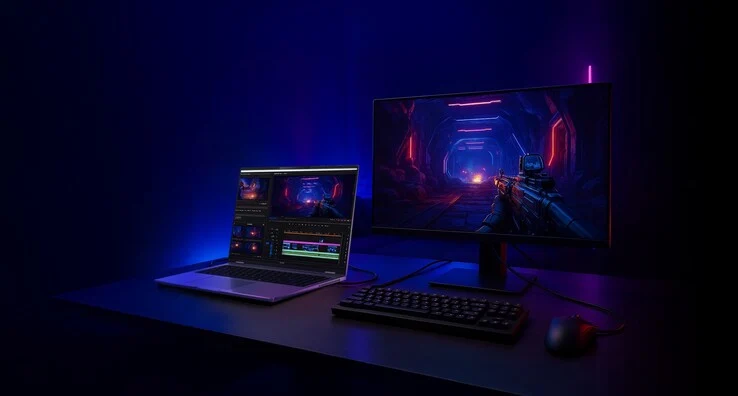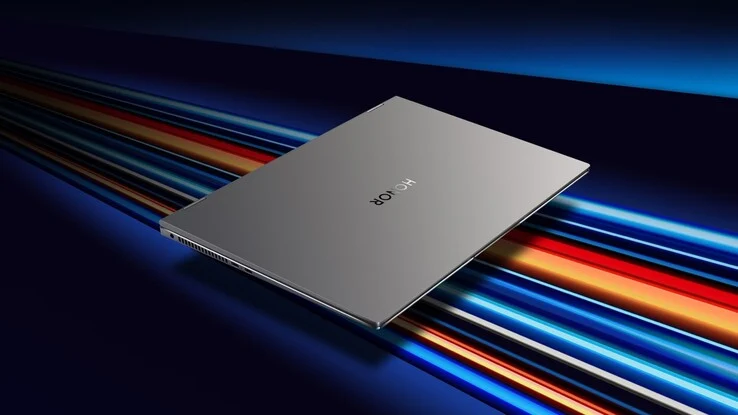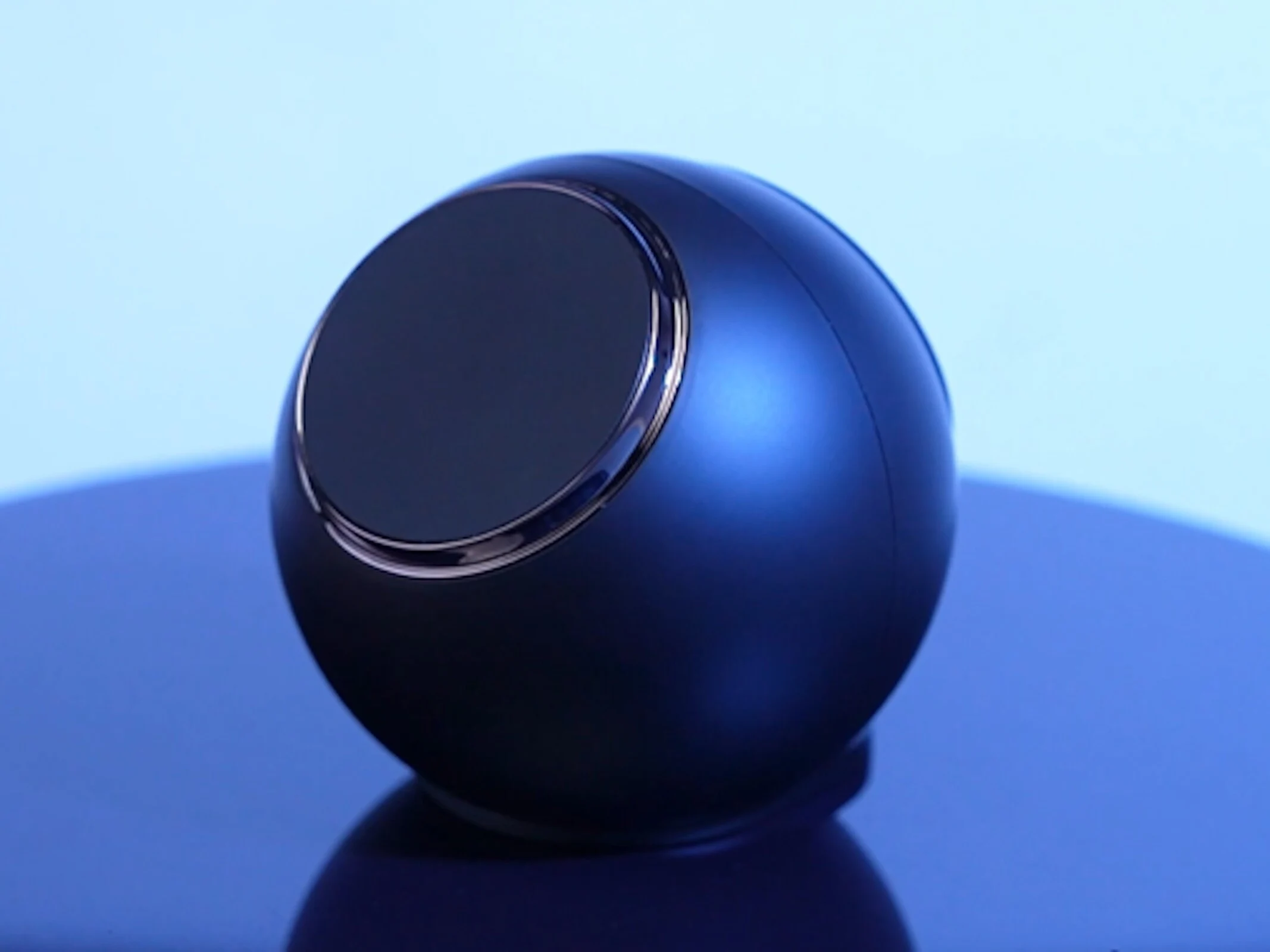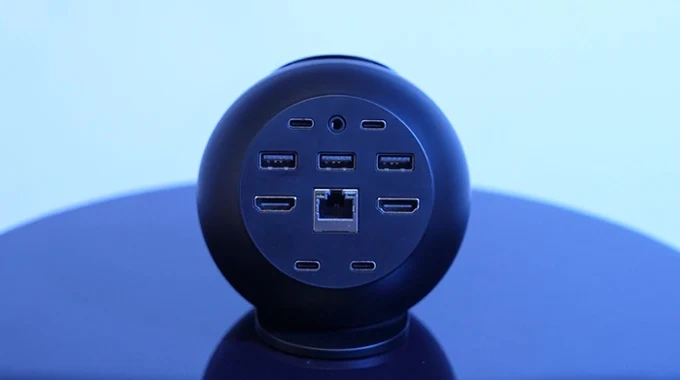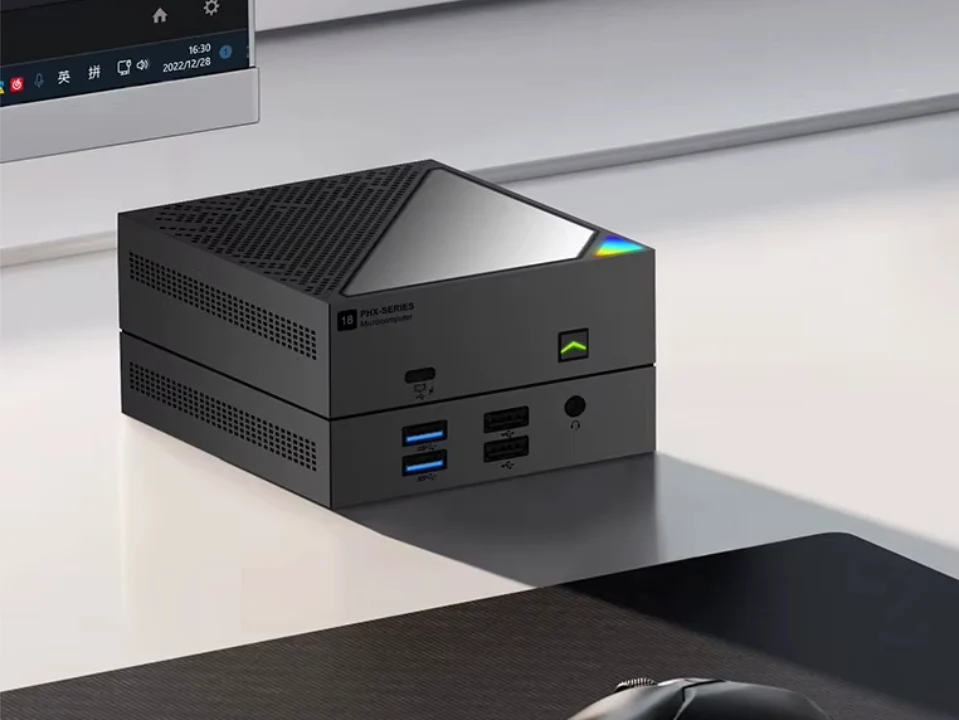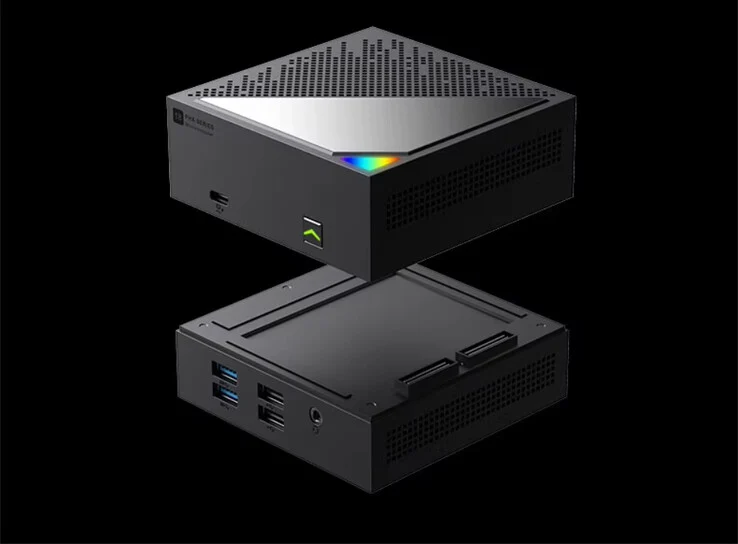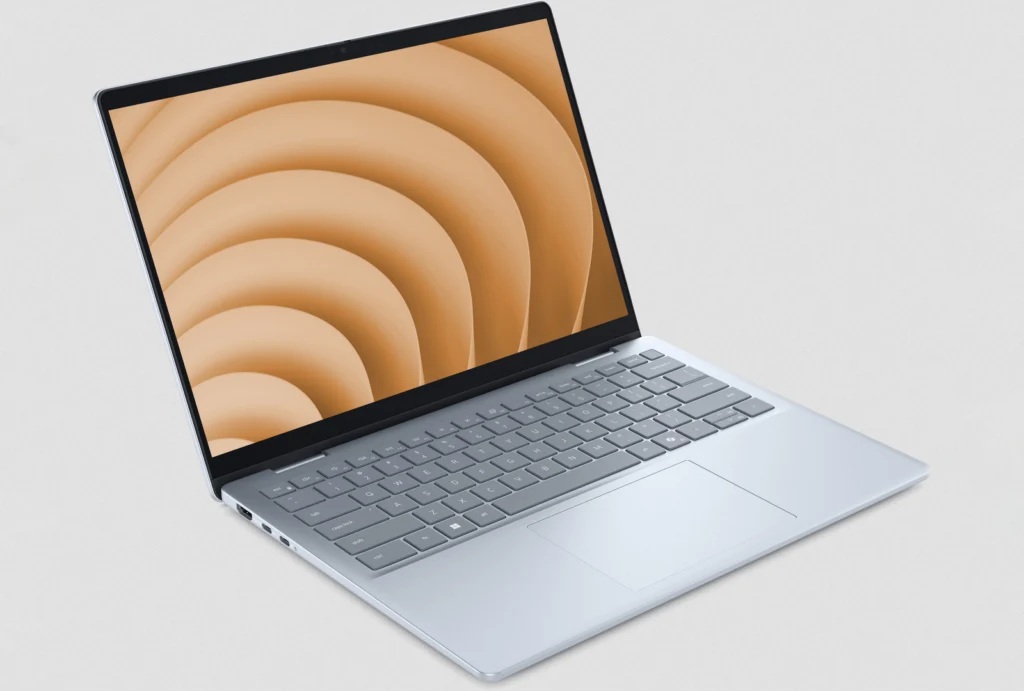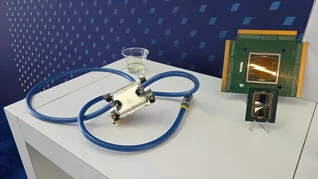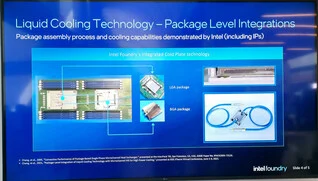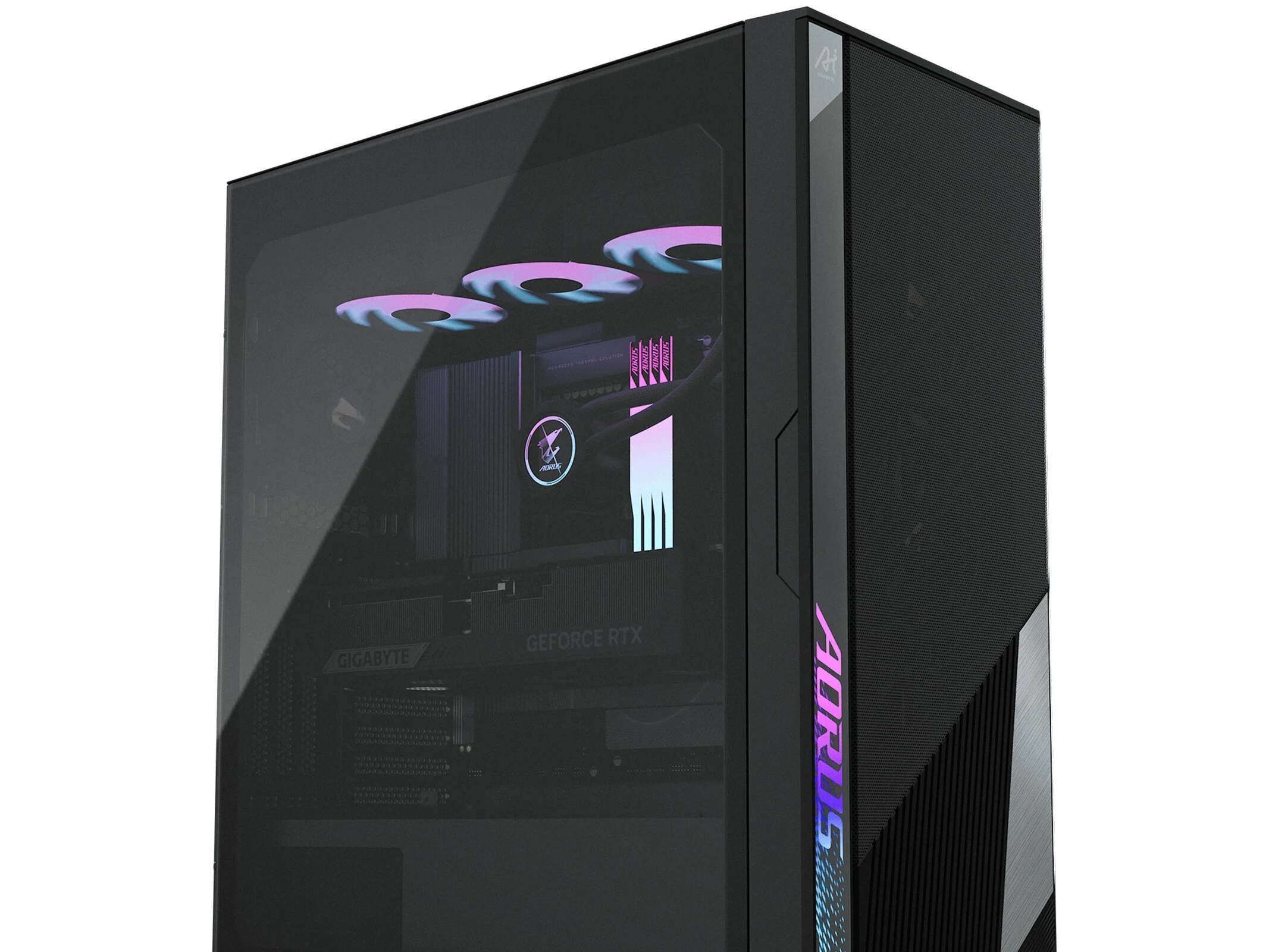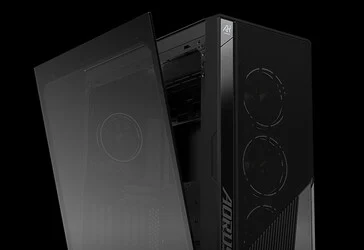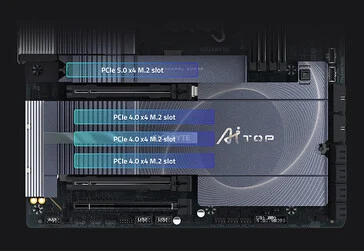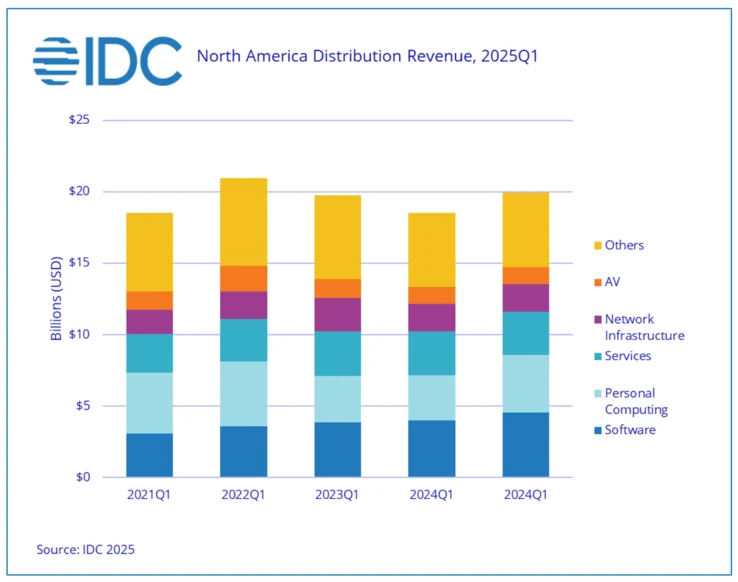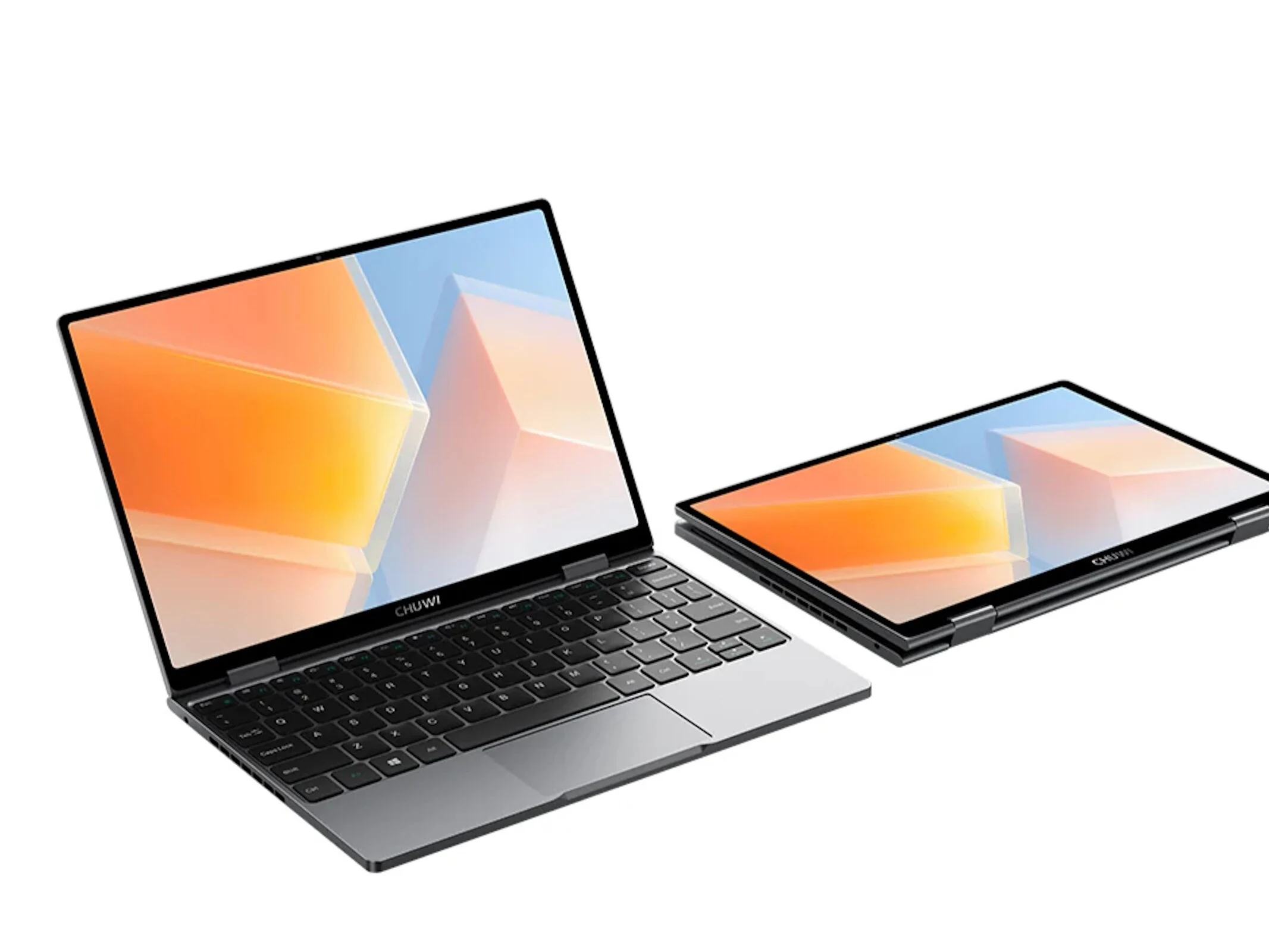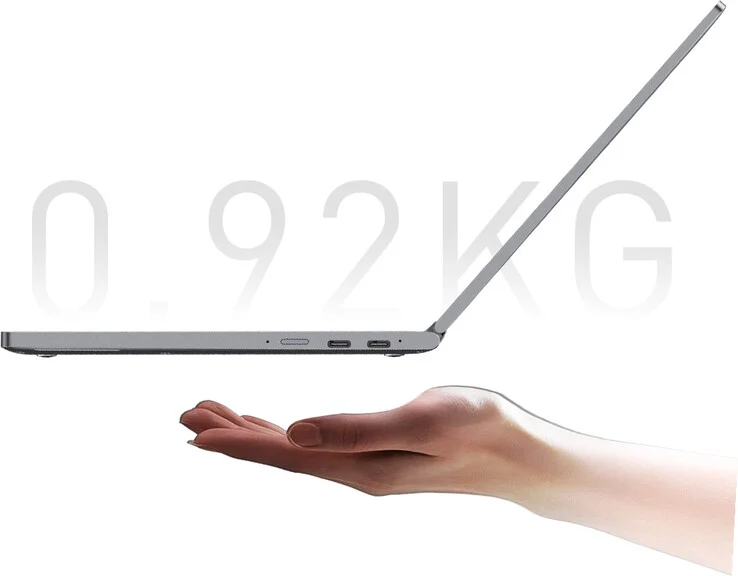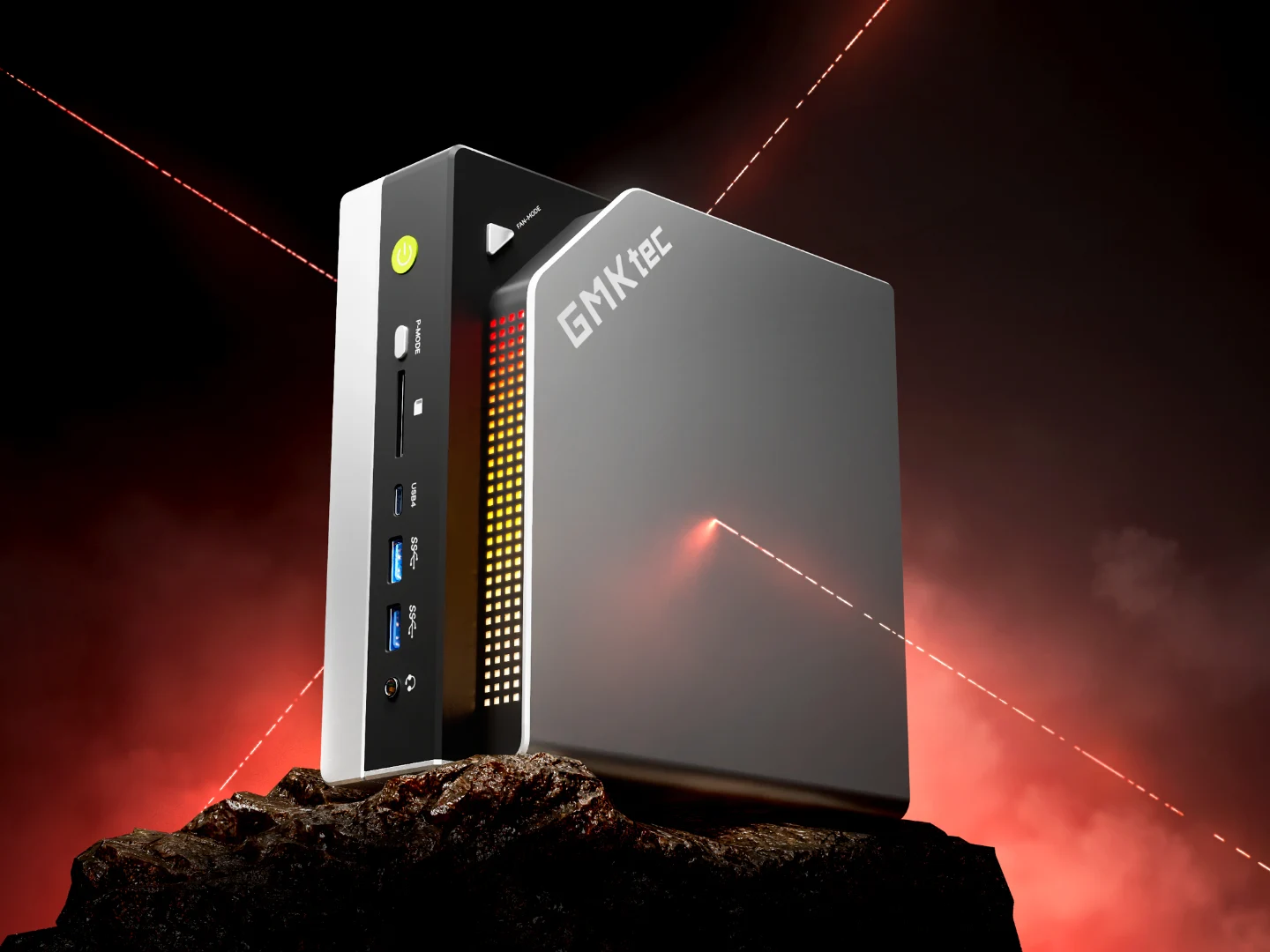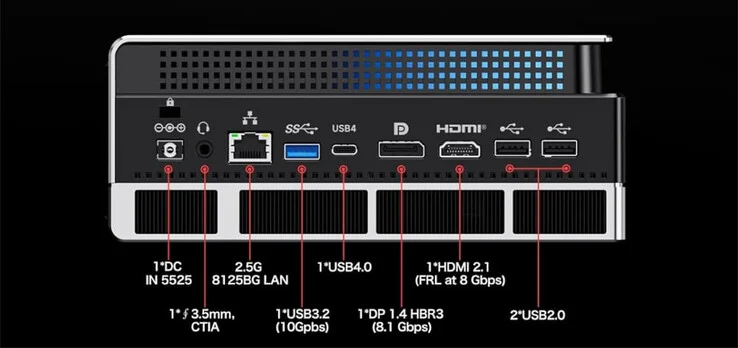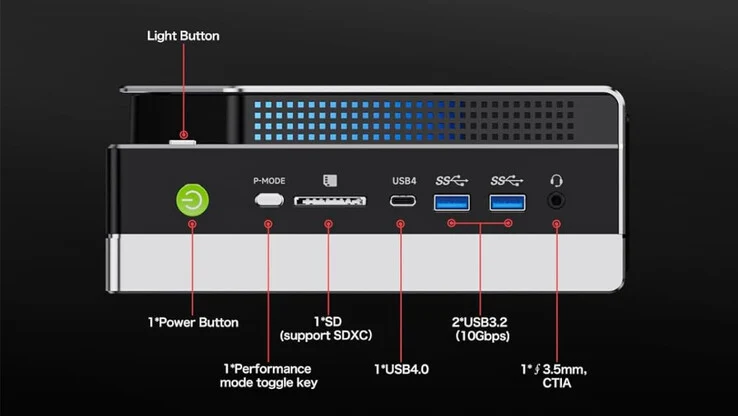Key Takeaways
1. Buffalo introduced the HD-SKL ‘Skeleton Hard Disk’ to celebrate its 50th anniversary, with only 50 units available globally at a price of 100,000 yen (about $700).
2. The original ‘Skeleton Hard Disk’ was launched in 1998, featuring a 4.3 GB capacity and a clear cover to display internal components.
3. The new drive has a capacity of 4 TB, supports USB 3.2 Gen 1 Micro-B with transfer rates up to 5 Gbps, and is pre-formatted with the exFAT file system.
4. A special application called SeekWizard allows users to control the magnetic read head in different modes for visual enjoyment.
5. The HD-SKL comes in a special padded keepsake box and interested buyers in Japan can enter a lottery from May 1 to May 25, 2025.
Buffalo has introduced the HD-SKL ‘Skeleton Hard Disk’ to celebrate its 50th birthday. This limited-edition transparent drive has only 50 units available globally, priced at 100,000 yen (about $700). Those interested in Japan can enter a lottery from May 1 to May 25, 2025.
A Brief History
Founded in 1975 by Makoto Maki, Buffalo initially made audio equipment, like the yarn-drive record player. Over the years, the company has shifted towards IT products and offers solutions across multiple industries. The original ‘Skeleton Hard Disk’ was launched in 1998, featuring a 4.3 GB capacity and a clear cover that let users see the magnetic head and platters in action.
Specifications of the New Drive
The new ‘Skeleton Hard Disk’ for the 50th anniversary is a 4 TB external hard drive with a USB 3.2 Gen 1 Micro-B port that supports theoretical transfer rates of 5 Gbps. It arrives pre-formatted with the exFAT file system, making it suitable for both Windows and Apple computers.
Unique Features
A special application called SeekWizard will be available to control the magnetic read head for visual fun. It includes different modes like random seeking, sequential seeking, and second-hand stepping.
The dimensions of the HD-SKL are 126 × 185 × 115 mm (4.96 x 7.28 x 4.53 in.) and it weighs 1.5 kg (3.31 lbs.). The hard disk is presented in a special padded keepsake box to mark the occasion.
Source:
Link
